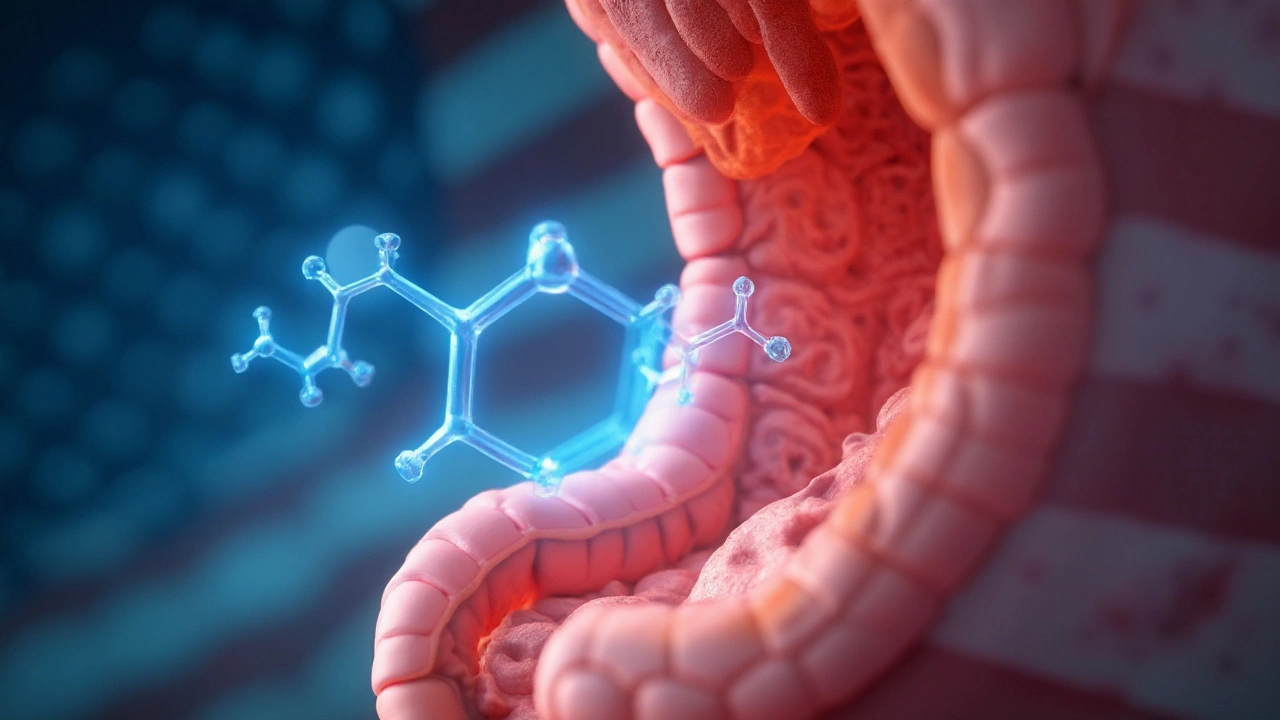
Lansoprazole Effectiveness for Barrett's Esophagus: Evidence, Dosing & Comparisons
A deep dive into how Lansoprazole works for Barrett's esophagus, reviewing clinical data, dosing tips, side‑effects and how it stacks up against other PPIs.
If you’ve heard the term Barrett’s esophagus and wonder if it’s something to worry about, you’re not alone. It’s a condition where the lining of the lower esophagus changes after years of acid reflux. This change can raise the chance of esophageal cancer, but catching it early and making a few lifestyle tweaks can keep the risk low.
Most people develop Barrett’s because of chronic GERD – that burning heartburn you feel after meals. The constant acid irritates the esophageal cells, and over time they transform into a type more like the stomach lining. Not everyone with GERD gets Barrett’s, but the longer the reflux goes untreated, the higher the odds.
The first clue is usually an endoscopy. A doctor slides a thin tube with a camera down your throat to look at the esophagus. If they see a salmon‑pink area instead of the normal white lining, they’ll take a small tissue sample – a biopsy – to confirm.
Biopsy results tell the pathologist whether the cells are normal, pre‑cancerous, or already cancerous. Based on the findings, doctors assign a grade that guides how often you’ll need follow‑up exams. Most people with Barrett’s will have surveillance endoscopies every 3‑5 years, but higher‑risk cases might need them yearly.
Medication is the first line of defense. Proton‑pump inhibitors (PPIs) reduce acid production, giving the esophagus a break from constant irritation. Some doctors also prescribe an H2 blocker or an antacid as a backup.
If medication isn’t enough, there are procedures to remove or destroy the abnormal lining. Options include radiofrequency ablation, endoscopic mucosal resection, and cryotherapy. These methods target the changed cells while keeping the rest of the esophagus intact.
Beyond medical care, everyday habits make a big difference. Elevate the head of your bed by 6‑8 inches, avoid large meals before bedtime, and steer clear of trigger foods like spicy dishes, caffeine, and alcohol. Losing even a few pounds can cut reflux episodes dramatically.Quitting smoking is another power move – nicotine weakens the lower esophageal sphincter, letting acid splash up more often. If you’re overweight, a gradual, sustainable weight‑loss plan can improve both reflux and Barrett’s outcomes.
Finally, stay on top of your appointments. Regular check‑ups let doctors spot any progression early, when treatment is most effective. If you notice new symptoms – difficulty swallowing, sudden weight loss, or persistent pain – call your doctor right away.
Barrett’s esophagus can feel scary, but with the right mix of medication, monitoring, and lifestyle changes, most people live normal, active lives. Keep the conversation open with your healthcare team, and take charge of the habits that keep acid at bay.

A deep dive into how Lansoprazole works for Barrett's esophagus, reviewing clinical data, dosing tips, side‑effects and how it stacks up against other PPIs.